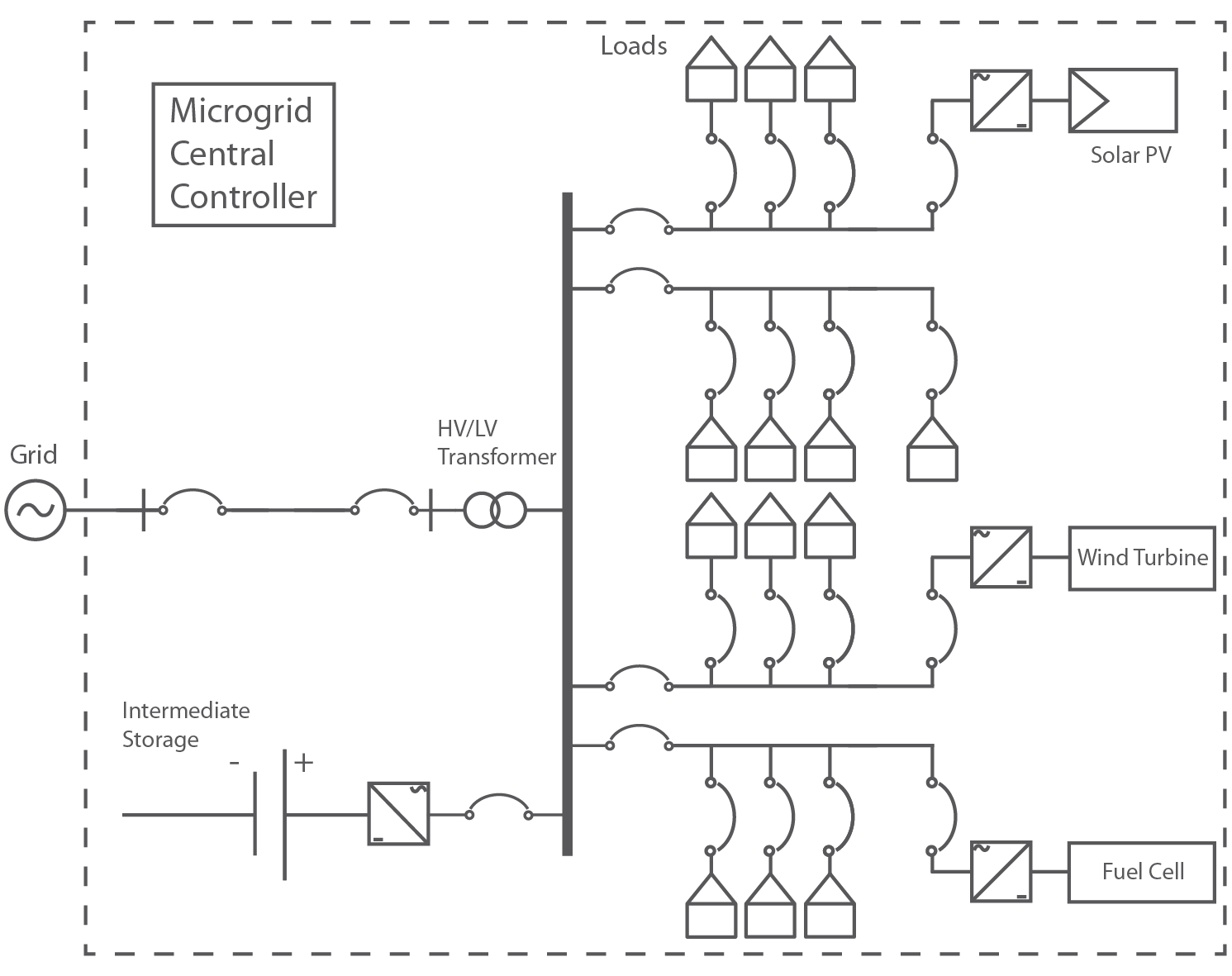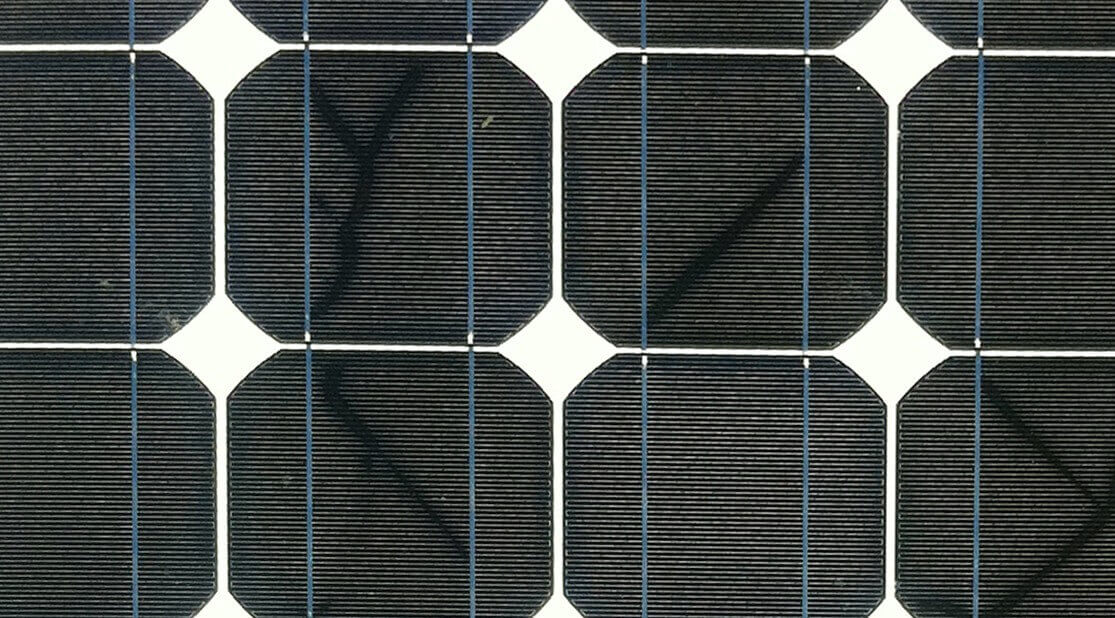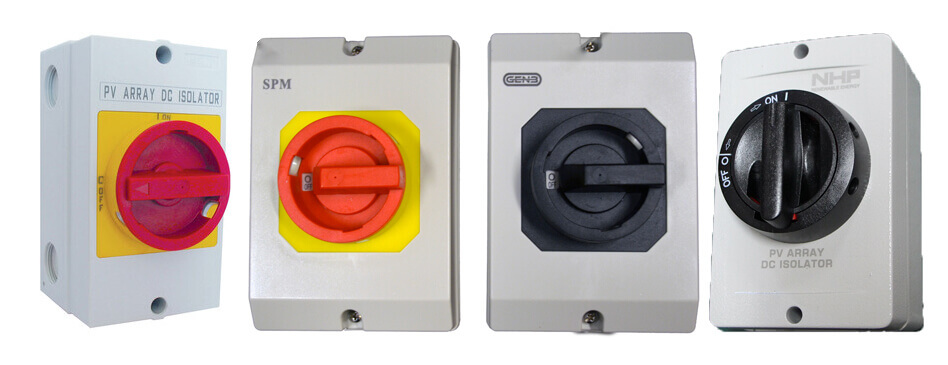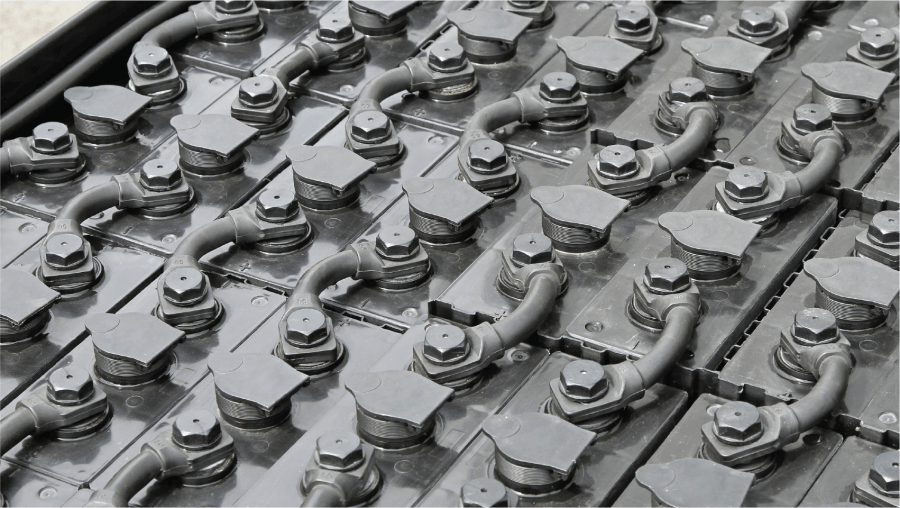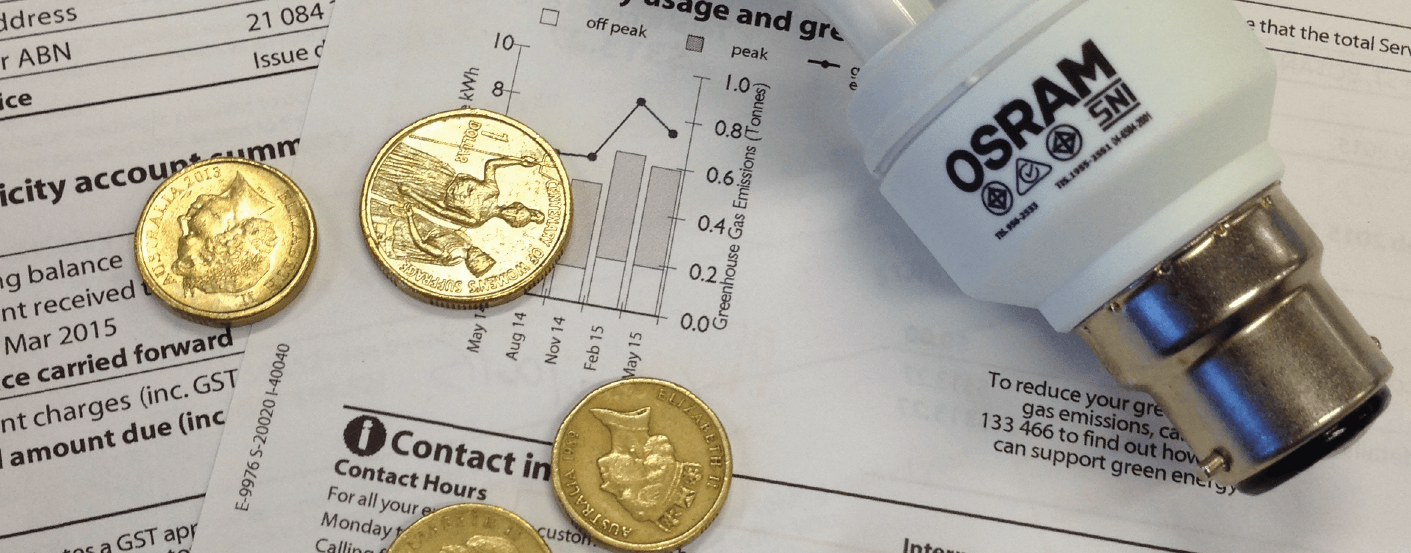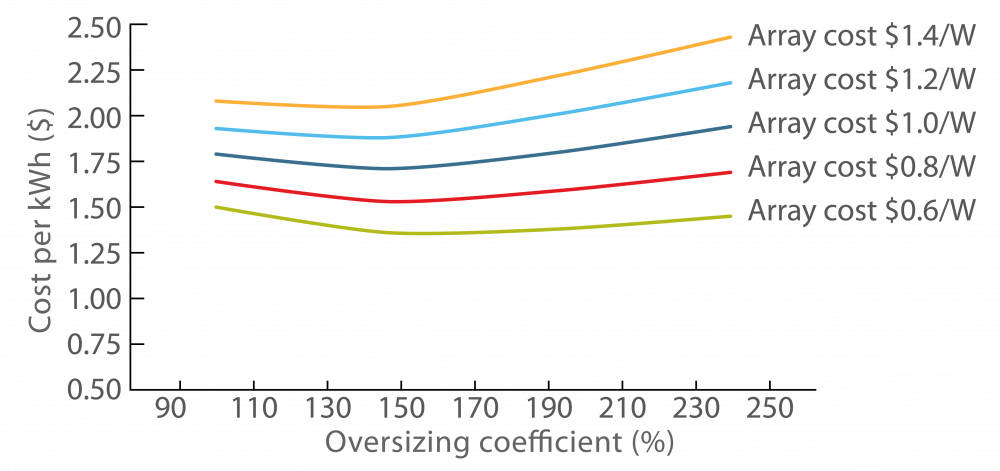The business community and consumers are continually expressing their concern regarding climate change, energy security and the increasing price of electricity. Within these scenarios, renewable energy technologies increasingly present themselves as viable alternatives. With the increased penetration of renewable generation sources on the electricity network, the aging grid infrastructure can struggle to cope with the […]
Tag: PV
Microfractures in Solar Modules: Causes, Detection and Consequences
The significant growth of the Australian residential solar energy industry over the last 5 years (APVI, 2014) has focused attention on module quality and performance, as well as installation and safety standards. It is critical for the industry to maintain high standards so that not only are solar photovoltaic (PV) systems safe, but also customers […]
Solar Installations: Where are we going wrong?
Under the Renewable Energy Target (RET) requirements, solar photovoltaic (PV) power systems must be installed to relevant Australian standards and Clean Energy Council (CEC) guidelines in order to receive Small-scale Technology Certificates (STCs). To monitor this, the Clean Energy Regulator’s RET inspection program has been running since 2010. Global Sustainable Energy Solutions (GSES) is an […]
Grid Energy Storage
The grid energy storage market is buzzing and many new technologies are being thrust from the research and development realm into the commercial space. The question of which technology is going to be the big winner for the energy storage revolution is a discussion mired in speculation and clouded with preconceptions. However, it may just […]
DC Isolators: What are the Manufacturer’s Specification Sheets Really Telling You (ONLY VALID UNTIL DATE OF PUBLISHED)
Solar photovoltaic (PV) systems use rotary DC isolators with multiple current and voltage ratings more commonly than DC rated circuit breakers. However, the flexibility of these DC isolators introduces instances of incorrect wiring when the manufacturer’s specifications are misunderstood, resulting in DC isolators being underrated for the PV system installed. This document is written to […]
Understanding Earthing
Recent updates to the Australian Standards relating to photovoltaic systems (AS/NZS 5033:2012) have led to questions about the difference between functional earthing and equipotential bonding in photovoltaic systems. This article aims to clarify what is meant when terms like earthing and bonding are used, and to briefly explain why each of these methods is needed.
Solar Sales Tips: 14 Pillars to a successful solar company.
If you are starting in sales with a solar company, its easy to be overwhelmed. Here are 13 solar sales tips, or “pillars” that are the foundation of a quality company. In recent years, rapid growth in the solar industry has resulted in a decrease in custom designed systems in favour of generic “one-size fits […]
Isolator Enclosures: more than just a box
Installing rooftop isolators is a requirement under AS/NZS 5033:2012. Rooftop isolators are required to ensure the safety of PV installations during maintenance and in emergency situations. However installing isolators correctly is essential if the full safety benefits are to be provided. This article clarifies the factors that installers need to consider when installing rooftop isolators.
Sealing Roof Penetrations
Roof penetrations for PV systems are often the most difficult parts of installing a PV system, especially on tile roofs. Installations on tile roofs typically require grinding out the underside of numerous tiles for the mounting feet and then having to drill holes for cable entries, then to properly seal these holes can seem tedious […]
Oversizing PV Arrays
‘Array oversizing’ refers to solar photovoltaic (PV) systems that have been designed so that the solar array has a higher peak capacity than the inverter. A solar system of a given installed capacity under irradiance consistent with Standard Test Conditions, may actually deliver up to 20% less than the nameplate rating of the solar array. […]

